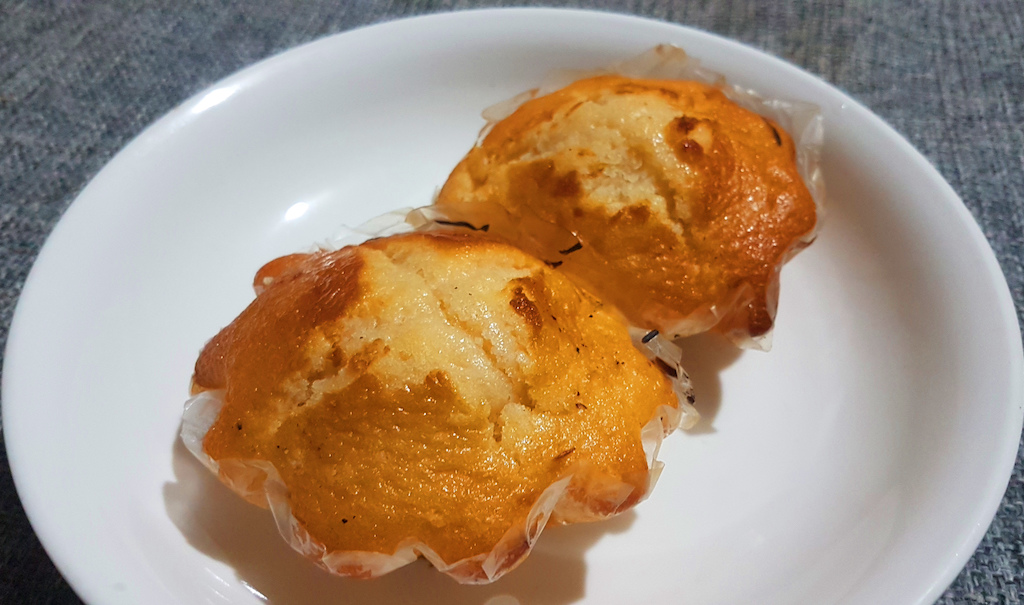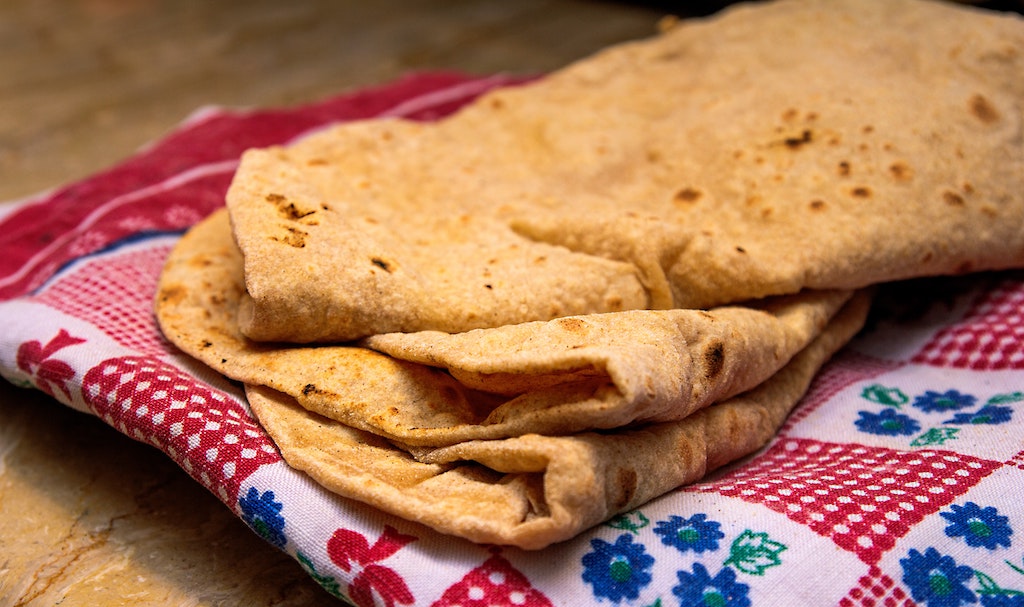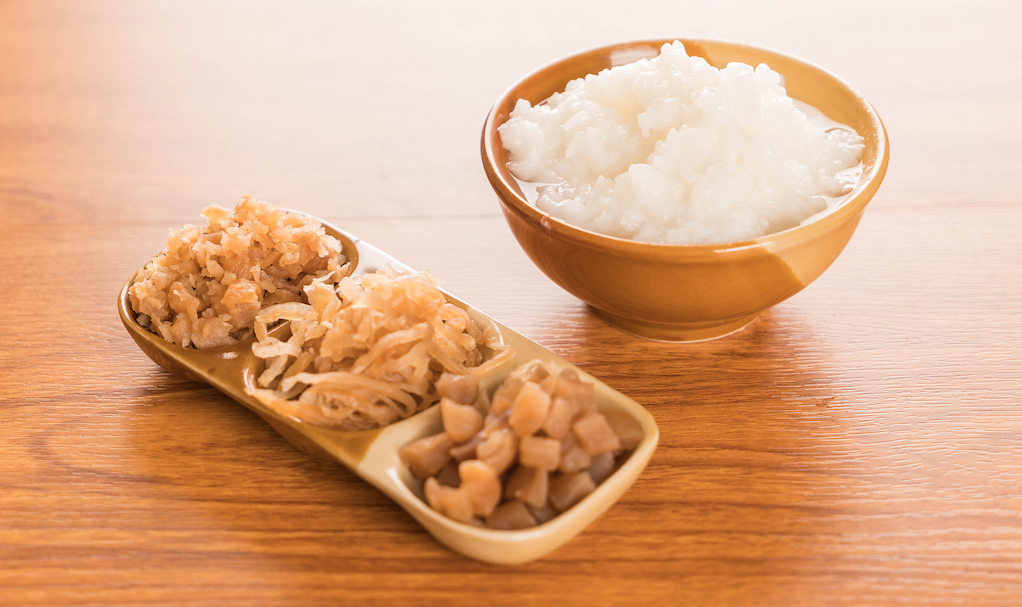[ad_1]
AsianScientist (Feb. 26, 2021) – Sushi, fried rice, chapatti, pho—the list goes on. Many of Asia’s most popular foods rely on cereal-based carbohydrates like rice, bread and noodles, providing about 60 percent of population’s total energy intake.
As delicious as these dishes may be, carbohydrate-heavy diets can result in several health complications. In Asia, diabetes is of particular concern. Of the 463 million adults worldwide with diabetes, China is home to 116 million, while India has 77 million.
To help combat the scourge of diabetes, rankings like the glycemic index (GI) list carbohydrates according to how they affect blood sugar levels, with glucose as the benchmark at 100. In foods with high GI values (≥70), glucose is released much faster, leading to spikes in blood sugar levels and vice versa. Hence, eating low-GI foods (≤55) could improve blood sugar control and reduce body weight— preventing complications from diabetes.

In Singapore, roughly 19,000 people are diagnosed with diabetes every year. To reduce diabetes incidence, local manufacturers have cut down the sugar content in food products. Despite these efforts, carbohydrates still dominate in local favorites.
For example, nasi lemak (pictured above)—a rich rice dish steeped in coconut milk—has one of the highest GI values at 100, equivalent to that of pure glucose. Individually, both rice and coconut milk have a GI value of around 96 due to high concentrations of glucose.
On the other end of the spectrum, bee hoon, a thin rice noodle dish, has one of the lowest GI values at only 35—likely due to the fatty oils that help delay stomach emptying as well as the rate of sugar absorption into the bloodstream.

As the eighth largest rice producer in the world, it’s no wonder that rice is a key staple in Philippines. According to the country’s Department of Agriculture, the average Filipino consumes about 118.81 kilograms of rice annually.
Perennial Filipino favorite puto—a soft and fluffy steamed fermented rice cake—has a GI value of 90 per serving. Such high GI values are common in starchy carbohydrates. For instance, kutsinta, another sweet dessert rice cake, has a GI value of 80 as it is predominantly made from rice flour.
On the other hand, the light and airy sponge cake mamon surprisingly has a GI value of only 48. Similar to bee hoon, the addition of oil or butter to baked goods lowers their GI values.

After China, India has the world’s second largest population of diabetic adults. From 77 million people today, the number is expected to balloon to 134 million by 2045. While genetics and lifestyle factors like physical inactivity are largely to blame, the typical carbohydrate-heavy diets of Indians also play a role.
For example, the staple food chapatti—a round flatbread made out of amaranth flour—has a GI value that fluctuates drastically depending on how the amaranth is prepared.
If the amaranth grains are popped, the GI value is only 44. If they are boiled, the GI value skyrockets to 111.83. Processing the grains reduces their fat content, making them more easily digestible and absorbed by the bloodstream—explaining the startling rise in GI value.

In traditional Japanese culture, rice holds a prominent place, being widely even used in religious rites as an offering to ancestors. In fact, the Japanese word for rice, gohan, is synonymous with the word for meal.
The local rice gruel okayu (pictured above), has one of the highest GI values of 99. In contrast, a pre-packaged rice brand known as Sato-No-Gohan has a slightly lower GI value of 71. Much like the amaranth flour in chapatti, rice’s GI values can vary depending on its preparation and the kind of rice used. A boiled rice gruel like okayu is much easier to digest compared to steamed plain rice like Sato-No-Gohan, justifying its higher GI value.
In contrast, at only 40.3, noodles made from dehulled yellow peas have one of the lowest GI values of the Japanese foods on the list. However, it should be noted that if the noodles are eaten in a soup or fried, the meal’s overall GI value will change depending on its fat content.

Given China’s steep rise in diabetes rates, the local government has identified diabetes as one of the four major non-communicable diseases to be controlled under the Healthy China 2030 plan. The action plan involves implementing a ‘rational’ diet to reduce adult obesity, and the diseases that often come along with it.
According to the researchers, while plain white rice has a GI value of 81, the accompanying side dish can change the GI value of the meal in either direction. Just blending the vegetables could raise a meal’s GI value by 20 points. For instance, white rice with homogenized pak choy has a GI value of 91, whereas the same meal with non-homogenized pak choy has a GI value of 71.
Though white rice and vegetables is still a healthy combination, steamed buns stuffed with meat and shallots reign supreme. With a low GI value of 39.1, the buns are much better for those watching their blood sugar.
Aside the comprehensive list, Henry and his team also highlighted advice for lowering GI. For instance, adding moderate amounts of fats like olive oil or butter to carbohydrates slows down digestion and sugar absorption. Do take note, however, a food’s GI does not provide other nutritional information like levels of protein, fat, sodium, vitamins or minerals. But for those mindful of their blood sugar, the list should be handy enough!
———
Copyright: Asian Scientist Magazine; Photo: Freepik.
Disclaimer: This article does not necessarily reflect the views of AsianScientist or its staff.
[ad_2]
Source link